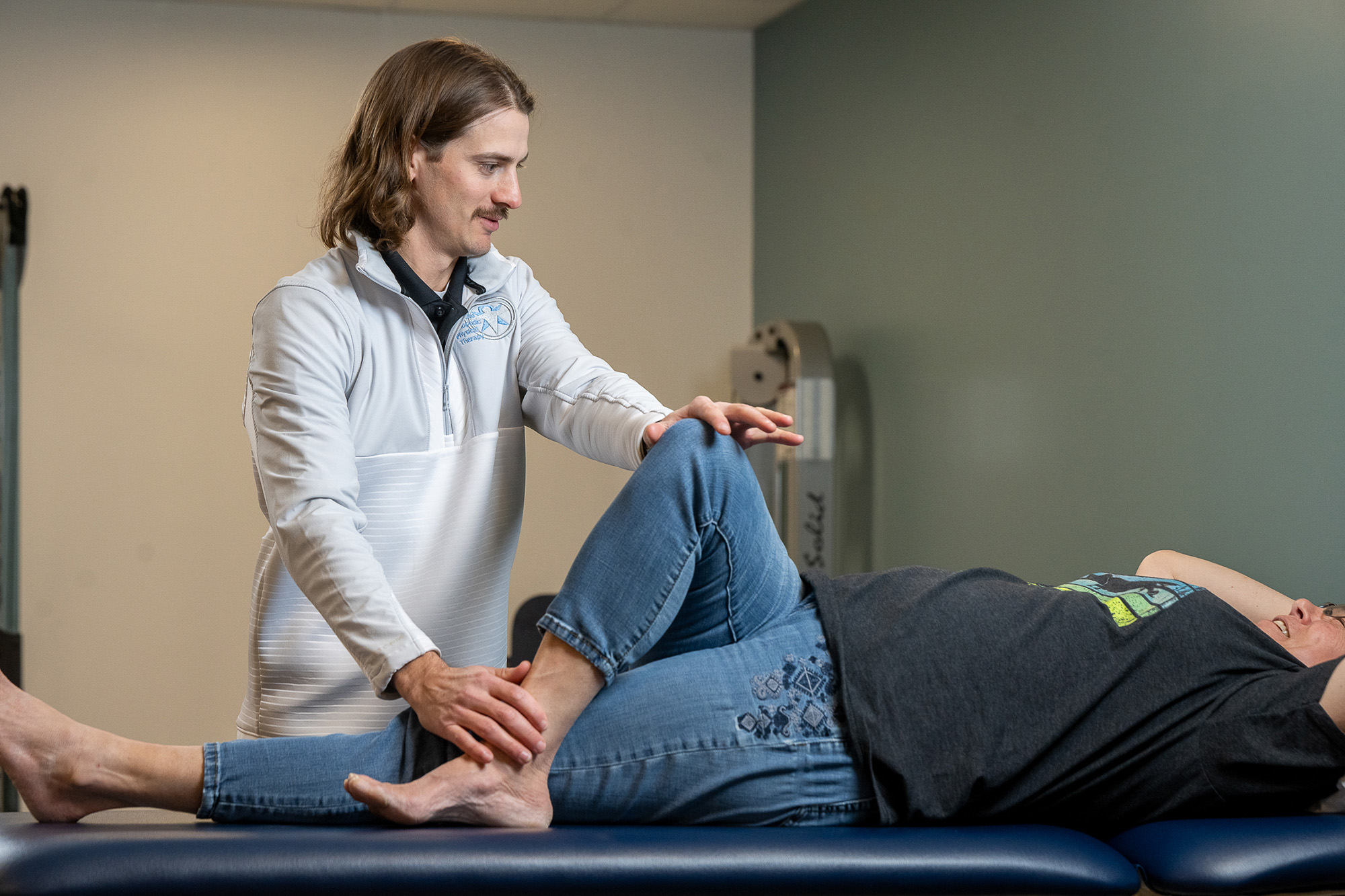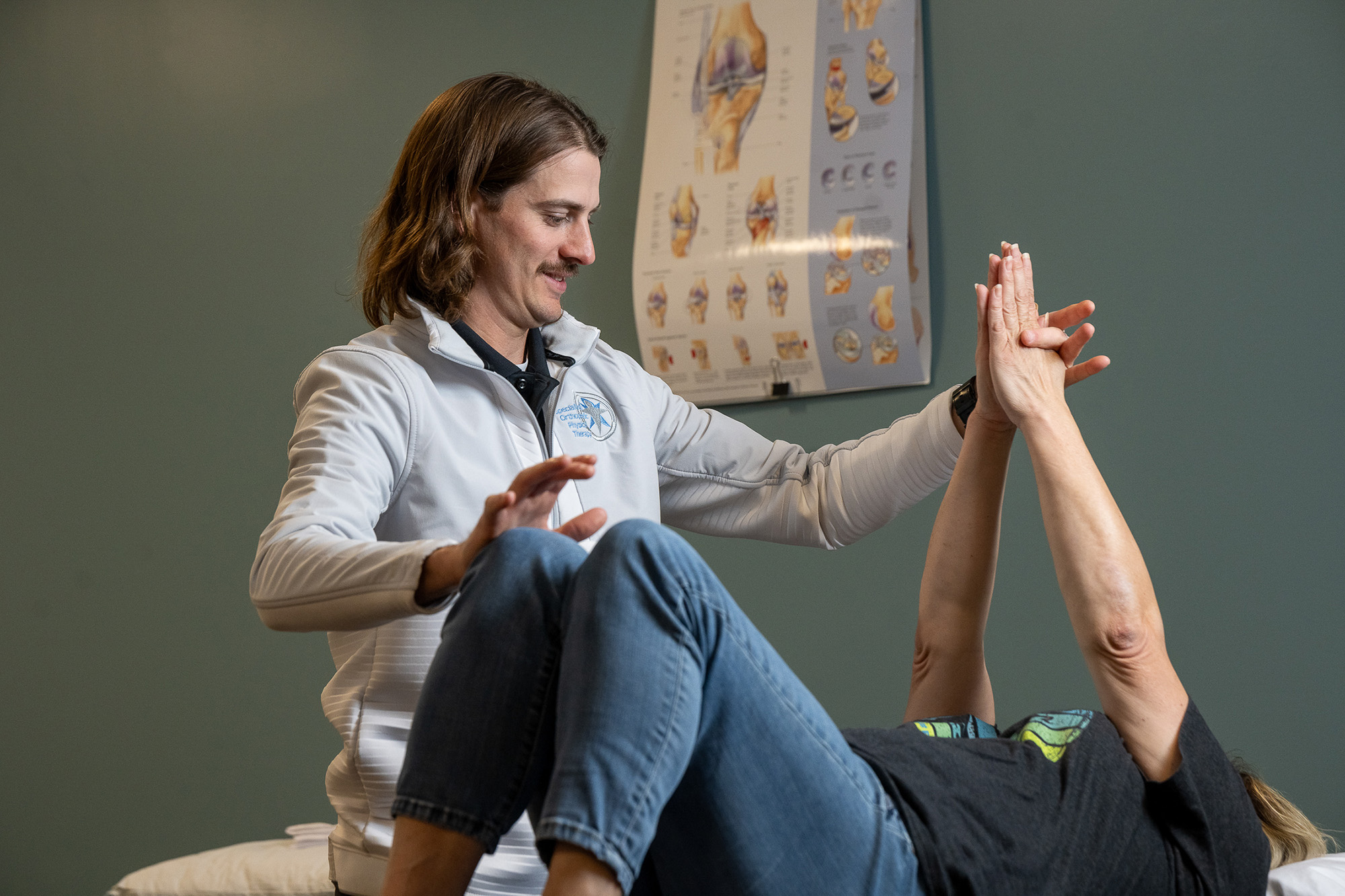Work injuries are all too common. We spend 8 or more hours a day on the job and we suffer the aches and pains from repetitive motions, accidents, and muscle strains.
Not only does your pain impact your work, but it impacts the rest of your life, whether it’s carrying your child to bed, spending time with your spouse, or playing basketball on the weekends.
If you feel nagging, sudden, or severe pain that is impacting your work and daily life, then you may have experienced a work injury that needs to be treated. Because the duties of your job often remain the same, your injury will continue to worsen unless you get treatment.
At SOPT, we uncover the “cause of the cause” to correct the underlying issues that are creating your pain. Your PT will conduct a thorough clinical examination to understand the physical requirements of your job. He or she will then prescribe a treatment regimen to better prepare your body for the rigors of your job so you can continue to work and take care of your family.

Frequently caused by repetitive motion, injuries such as tendonitis and bursitis cause nagging pain in your major joints.
Frequently caused by a blunt traumatic event, injuries such as a sprained ankle, a groin pull, or back spasm can cause severe pain and limit your mobility.
One of the most common ailments, spinal misalignment has multiple causes, such as a traumatic event, sitting too long, or repetitive motions, and can lead to other problems such as pinched nerves and herniated disks.
Slips and falls can fracture our bones and create mobility problems that impact our muscle strength and flexibility.
Every job has its own set of hazards. But here are few of the most common:

“Last spring I went to SOPT with severe shoulder pain and lack of mobility in my left arm. Jason evaluated my symptoms and started me on an exercise regimen and physical therapy treatment for frozen shoulder. This diagnosis was confirmed by a subsequent visit to my orthopedic surgeon, who recommended that I continue with physical therapy to see if it would eliminate the need for surgery. It has been three months since my 1st visit to that surgeon and today she said my progress is nothing less than remarkable.”
– Arl
